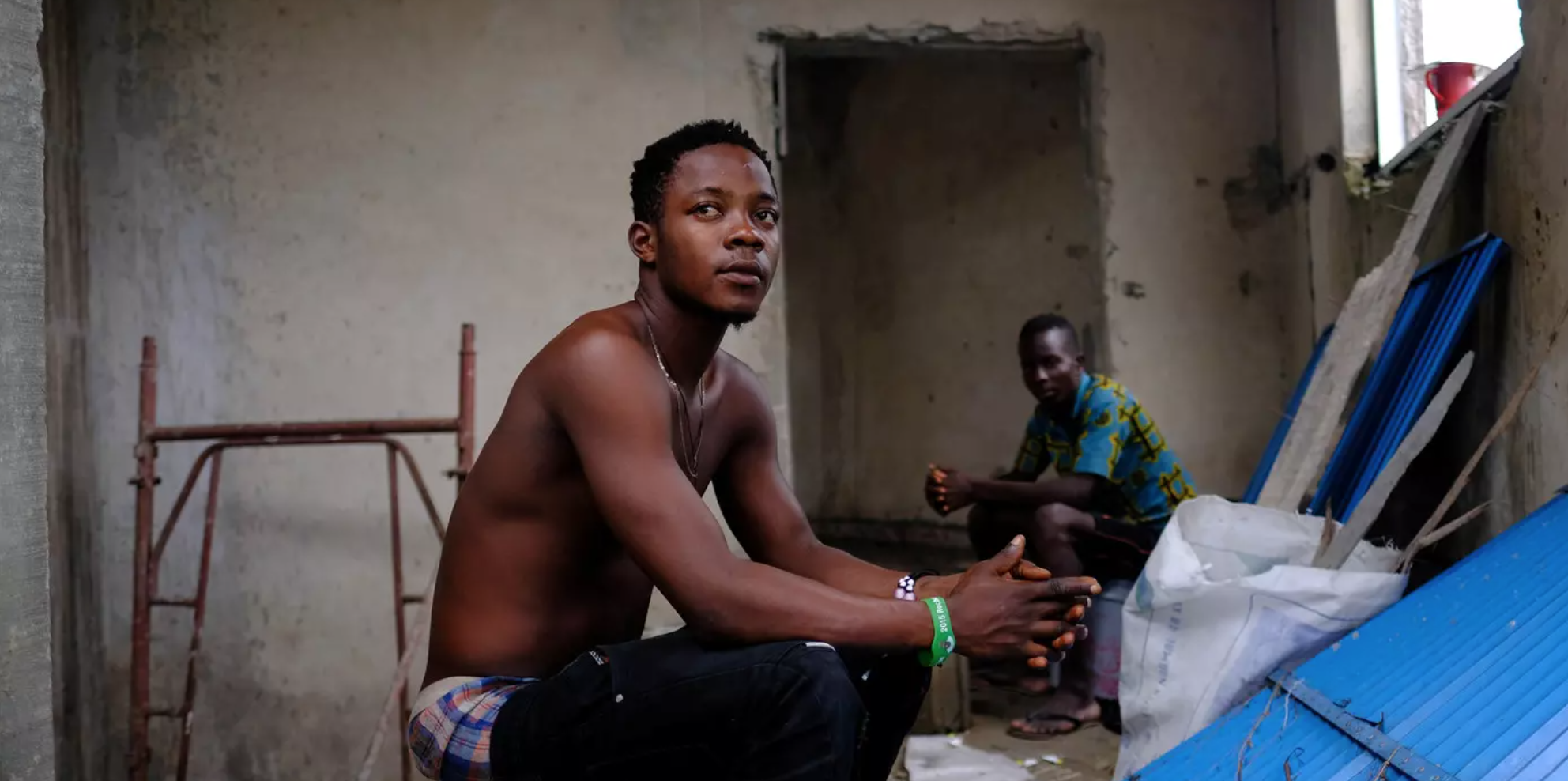- Under 25s are expected to total 50% of Africa’s population by 2050, causing a demand for employment to reduce poverty in the region.
- It’s predicted that ‘industries without smokestacks’ will account for 60% or more of new jobs in Ghana, Rwanda, Senegal, and South Africa.
- Notably, IWOSS industries also offer more employment opportunities for women.
Africa’s youth population continues to grow rapidly: In fact, the World Bank predicts that people under the age of 25 are set to comprise 50 percent of the population of sub-Saharan Africa by 2050. Such growth has created now-urgent demand for employment that must be met for Africa to reduce poverty. To examine new strategies for job creation for the region’s youth, the Brookings Africa Growth Initiative (AGI) and its partner think tanks on the continent have been conducting research on how to support promising industries to grow and absorb low-skilled labor.
While export-led manufacturing has historically led to job creation, factors like technological progress and the evolving global marketplace have meant that Africa has not been able to capitalize on the gains from manufacturing that other developing regions have. In response, AGI researchers have identified other sectors, termed “industries without smokestacks” (IWOSS), that share characteristics with traditional manufacturing and thus might play a similar role in driving economic growth and job creation. In short, IWOSS are sectors that are tradable, have high value added per worker relative to average economywide productivity, exhibit capacity for technological change and productivity growth, and show some evidence of scale or agglomeration economies. IWOSS include high-value agribusiness, horticulture, tourism, business services, ICT (information and communication technologies)-enabled services, transport, and logistics—all sectors that are growing at a faster pace and have higher labor productivity than non-IWOSS sectors like agriculture. Notably, different sectors of IWOSS can cater to Africa’s youth, whose education and skills vary widely, with tourism and horticulture largely relying on low-skilled labor while sectors like logistics and ICT require more training.
The case studies for Ghana, Kenya, Senegal, South Africa, and Uganda were published earlier this year, and the recent paper “Addressing youth unemployment in Africa through industries without smokestacks” synthesizes the major findings and trends from those case studies.
Overall, the case studies predict that IWOSS will account for 60 percent or more of new jobs in Ghana, Rwanda, Senegal, and South Africa; however, the share is lower for countries like Kenya and Uganda, which are projected to rely heavily on traditional, “smokestacks” industries to 2035.
More opportunities for women
Notably, IWOSS industries also offer more employment opportunities for women: In fact, the case studies reveal that most IWOSS sub-sectors employ a greater share of women than other sectors of the economy. Within IWOSS, tourism employs the greatest share of women (56.7 percent), while horticulture and export crops follow second at 53.2 percent. Female employees in ICT comprise only 31.7 percent of the sector; according to the authors, this finding indicates a greater need for training in digital skills for young girls and women.
Policy Recommendations
While the job creation potential of IWOSS relies on the fact that most roles do not require higher-level skills, a persistent lack of skills at all levels still holds their promise back. More specifically, the authors find that, for IWOSS firms to grow and create jobs, potential workers must demonstrate soft, digital, and intrapersonal skills, which can be taught through postsecondary education but require input from employers and businesses, as each sector has different demands for the skills required. Countries in the case studies have at least a moderate deficit in all six subcategories of skills: basic, problem-solving, resource management, social, systems, and technical. Notably, Ghana, Kenya, Senegal, South Africa, and Uganda have a substantial deficit in all six skills for agro-processing and tourism, and in horticulture have only a moderate gap in social skills but a severe gap in the rest of the skill subcategories.
At the same time, the authors point out that gaps in necessary skills are not the only constraint IWOSS face, as poor infrastructure—like unreliable power supply and lack of or poorly maintained roads—pose major challenges for IWOSS development. Lack of competition as well as regulatory coordination issues that do not allow for customs and standards to be implemented also pose challenges. Since IWOSS face constraints similar to those of traditional manufacturing, the authors argue that policymakers are not required to choose between promoting IWOSS and manufacturing, thus enabling them to focus on forming multifaceted policies. Key takeaways of the report include the necessity of prioritizing investment in infrastructure (particularly gaps in the reliable supply of electricity), addressing the skills deficit through a demand-led approach between postsecondary education and businesses, and encouraging a competitive business environment. The individual case studies also provide country-specific recommendations for supporting the growth of IWOSS.
This article was published by the World Economic Forum in collaboration with the Brookings Institution. It first appeared here.

